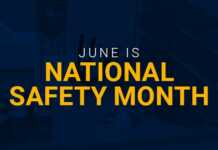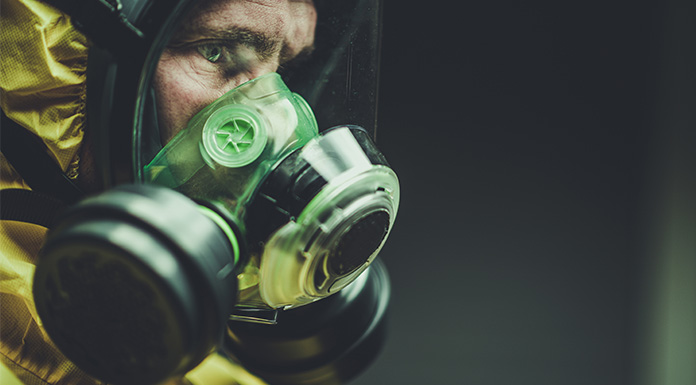The OSHA’s Respiratory Protection Standard directs employers to establish or maintain a respiratory protection program. It lists requirements for program administration, worksite-specific procedures, respirator selection, employee training, fit testing, medical evaluation, respirator use and cleaning, and maintenance and repair.
In 2022, there were 2,430 violations – making this the third most cited OSHA standard. The top three most cited respiratory protection violations include the following:
- General – 1910.134(e)(1): The employer shall provide a medical evaluation to determine the employee’s ability to use a respirator before the employee is fit-tested or required to use the respirator in the workplace. The employer may discontinue an employee’s medical evaluations when the employee is no longer required to use a respirator.
- Fit testing – 1910.134(f)(2): The employer shall ensure an employee using a tight-fitting facepiece respirator is fit-tested prior to initial use of the respirator whenever a different respirator facepiece (size, style, model, or make) is used, and at least annually thereafter.
- Respiratory Protection Program – 1910.134(c)(1): In any workplace where respirators are necessary to protect the health of the employee or whenever respirators are required by the employer, the employer shall establish and implement a written respiratory protection program with worksite-specific procedures. The program shall be updated as necessary to reflect those changes in workplace conditions that affect respirator use.
What is a Respiratory Protection Program, and when do you need one?
A Respiratory Protection Program (RPP) is designed to protect employees from occupational respiratory exposure to potentially harmful chemical, physical, and biological agents, including airborne dusts, fumes, mists, gases, and vapors.
When process modification, engineering controls, and work practice controls are not able to reduce employee exposure below permissible levels, respiratory protection should be implemented. Different hazards require different respirators, and employees are responsible for wearing the appropriate respirator and complying with the RPP. The results of the air quality testing done by a Certified Industrial Hygienist will help determine what type of respirator is needed.
Where to begin
Step 1:
When you define an action plan for your organization, it is best practice to have an industrial hygienist perform an air quality test in the work environment. In some cases, the harmful chemical, fume, gas, vapor, etc., will come with a safety data sheet from the vendor/manufacturer, and this data sheet will list the type of respirator required. ICW Group’s Risk Management team has industrial hygienists who can assist with this first step of the process and help guide your RPP along the way.
Step 2:
Once the respiratory hazard is identified and we have selected the respirator that will be able to control the risk, the next step is to develop an RPP. OSHA requires each respiratory protection program to include a written plan detailing how the program will be administered. An effective RPP will include the following elements:
- Written worksite-specific procedures
- Program evaluation
- Selection of an appropriate respirator approved by the National Institute for Occupational Safety and Health (NIOSH)
- Training
- Fit testing
- Inspection, cleaning, maintenance, and storage
- Medical evaluations
- Work area surveillance
- Air quality standards
Step 3:
Next, we will ensure the program is enforced. In addition to having a written plan, the employer must demonstrate that it is enforced.
Ensure the employee has received proper training in the need for and use of respiratory protective equipment. Talk with the employee to verify understanding of the training and provide refresher training as needed.
Step 4:
Once the respiratory protection program is implemented, we will want to determine its effectiveness. Are affected employees following the program? Have there been any respiratory injuries or illnesses since the program was implemented or last reviewed? Have there been employee suggestions for engineering controls that would no longer necessitate the need for respiratory protection?
Review and update the program as necessary to reflect changes in respiratory hazards in the workplace. For example, if new processes or chemicals are introduced into the workplace that could impact respirator use, revise the applicable parts of the written program. Another reason to update the program is to determine if there were changes in the types of respirators used. Finally, make sure these revisions are communicated and implemented.
ICW Group’s Safety OnDemand(R) portal contains a full suite of safety resources, training tools, webinars, and a comprehensive learning management system to assist you with creating a respiratory protection program. In addition, ICW Group offers a Respiratory Protection Program Wizard and Respiratory Protection Program Audit that can guide you through the OSHA-required customization to develop a clear and consistent Respiratory Protection Program.
Although the development of your program may seem a daunting task, ICW Group’s Risk Management Consultants are more than happy to assist you with creating the program and helping your team with implementation.

















